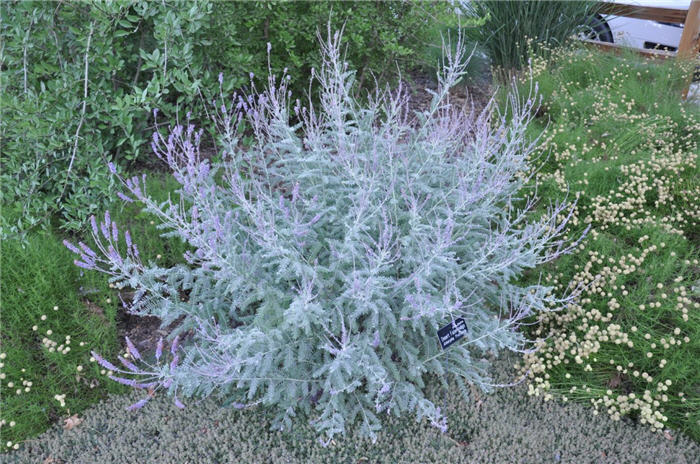| Botanical Name: Amorpha fruticosa | |
| Common Name: False Indigo |

-
Anatomy
-
Culture
-
Design
Plant Type
Shrub
Height Range
6-12'
Flower Color
Purple
Flower Season
Spring, Summer
Leaf Color
Green
Bark Color
Tan, White
Fruit Color
Brown
Fruit Season
Summer
Sun
Full, Half
Water
Medium, Extra in Summer
Growth Rate
Fast, Moderate
Soil Type
Sandy, Clay, Loam, Rocky, Unparticular
Soil Condition
Average, Rich, Poor, Well-drained, Moist, Dry
Soil pH
Neutral, Basic
Adverse Factors
Attracts Bees, Invasive
Design Styles
Meadow
Accenting Features
Fragrance, Showy Flowers
Seasonal Interest
Spring, Summer
Location Uses
Background, Perennial Border, Shrub Border
Special Uses
Naturalizing
Attracts Wildlife
Birds, Hummingbirds
Information by: Stephanie Duer
Photographer:
Photographer:
-
Description
-
Notes
False indigo is a deciduous shrub that typically grows to 6 to 8 feet tall and, due somewhat to its sprawly habit, with a spread often in excess of its height. Compound, odd-pinnate leaves, oval to elliptic in shape, are dull gray-green. Tubular scented flowers bloom in May and June in dense, spike-shaped clusters up to 8-inches long. Flowers are purple with orange-yellow anthers. Flowers are followed by fruits in small pods which mature in July and August.
Grow in average, well-drained soils in full sun to light shade. Tolerant of occasional flooding. Also tolerates poor, sandy, somewhat dry soils. May spread by self-seeding and/or suckers to form thickets. It is considered weedy/invasive in some parts of its range, so not well suited for our riparian corridor areas. Prune hard to just inches above the ground in late winter to early spring for purposes of improving shrub form.